Every Log Home publication has an area committed to layout, where the hopeful owners start their look for the ideal dream home. I did it too, and dutifully purchased stacks of strategy books, while beginning my window shopping based upon the appeal of the images. Little did I recognize – till later, – that exactly what was drawing my attention was the 3rd measurement: the roofing system lines, the patios, and the skyrocketing fantastic spaces.
At the start, we think we should pick a maker based upon their layout, once we understand that we can design our own custom-made home with any company, things start getting fascinating. After all, interior wall partitions can be moved at will, and the log home company does not care where you put the restroom. The number of different methods can you set up an open layout?
What truly needs idea is the interaction in between the 2nd flooring and the roofing system lines. The very first flooring is relatively easy; you’ve either got a cathedral ceiling or a routine ceiling. Nevertheless, as soon as you go upstairs, there’s an entire brand-new set of factors to consider. Firstly, what sort of roofing do you visualize? The easiest (and most cost-effective) roofing system line is one long ridge from one side to the other. The angle and height of the roofing system slope figures out how much flooring area you are going to lose because of the pitch. There’s a likelihood you do not have an as much helpful area as the 2nd layout shows unless you’re 2 feet high. When the log home designer turns your strategies into genuine illustrations, he will “gray out” the dead area, but it’ll save expensive modifications to be able to conceive the 3rd measurement ahead of time.
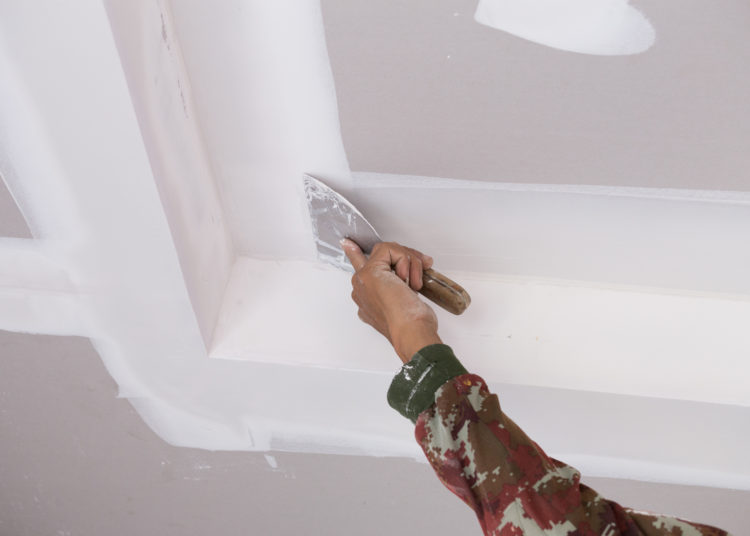
For example, I desired a 45-degree angle in my roofing system; this is a 12/12 pitch (to puts it simply, the roofing system increases 12 inches for every single 12-inch horizontal run). I have a 28-foot-wide home and I desired the slope to go all the way to from peak to flooring in my loft. The peak steps about 14 feet from the 2nd flooring deck, and I lose 6 feet of flooring area to stand upright if I were 6 feet high. (I’m speaking in broad generalizations here – not accurate measurements.) My loft extends midway into the terrific space, so this leaves me about 8 excellent feet of width in the loft – not the 14 feet my homemade layout reveals.

How do I increase my home? By including a dormer. The larger the dormer, the more area you gain back. This includes expense to the entire task, but it’s well worth it. Some narrow dormers do a little bit more than include light, while a shed dormer broadens the entire space. Your option of dormer will be identified by the appearance you want on the exterior. Or, you can include a gable and produce an Alpine look, which will provide you a huge triangular-shaped wall rather of a slope. A 3rd choice would be to include “knee walls”, hence raising up the entire roofing system. Nevertheless, if you want the exact same pitch, this indicates the peak will be likewise greater from the ground.
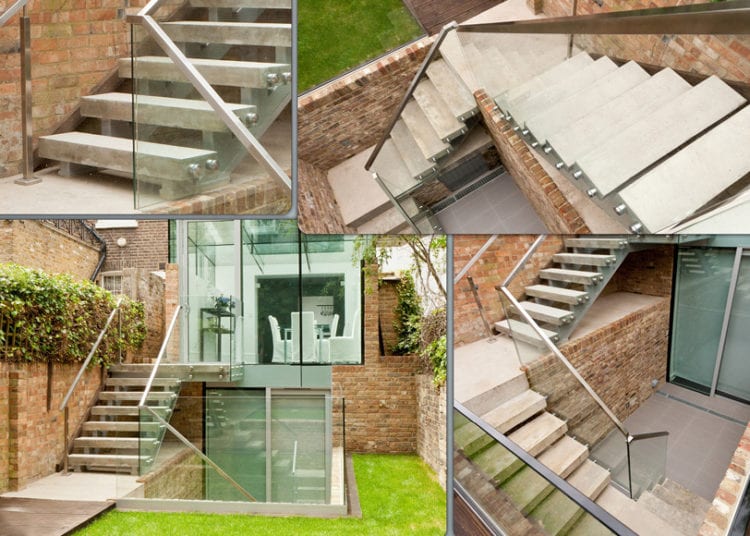
The roofing system pitch was a big consider the positioning of my floating staircase. The stairs run along the wall and I think that glass balustrade will be my next addition to them, for more protection. I desired additional square video at the base of the actions, but to do so indicated that the top of the stairs would emerge alarmingly near to the ceiling slope. I would bang my head whenever I went upstairs! So, the stairs needed to be positioned so that they reached the loft in – or near – the middle of your home. Or, I might have included a landing and angled the stairs to keep them in the center. I decided to take a notch from the loft and move the stairs a couple of feet forward, determining how much headspace was left over. Still, I wasn’t sure how far the staircase would extend … that 3rd measurement once again! It’s a relief that my external staircase wasn’t the problem. In the end, I needed to compromise the potted plant I meant to put in the corner at the base of the stairs. There simply wasn’t enough space to do all of it.
Another hard visualization is aiming to see simply how huge those plate-glass windows truly are. If you want a cattle ranch with huge terrific space windows, you might need to reduce the panes of glass to suit a peak that just increases 14′ from the deck. It’s tough to fit a big window embedded in a little wall. Most of the lovely windows in publications use up well more than 2 stories – more like 24′. Maybe a cattle ranch with a loft is the very best of both worlds.
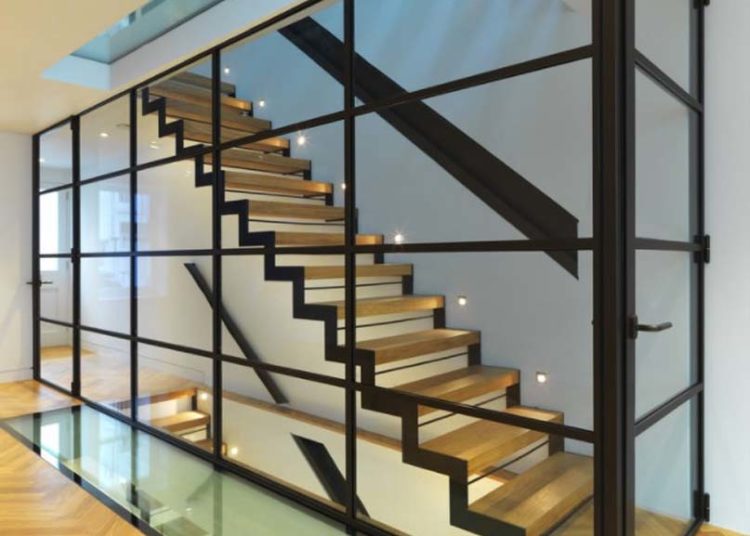
I made the error of buying windows so big that I cannot reach the center of the glass to clean it by hand. I do not wish to rest my ladder in the middle of the window! Exactly what I didn’t learn till later is that if you buy a window that’s too big (say, 6′ x6′), the glass will bow ever so somewhat under its own weight. This might trigger the thermal seal to break like it did after one year in my home. You’re much better off using smaller sized, divided windows to produce the exact same wall of glass.
The last thing I wish to discuss is to try and look at your roofing system from a bird’s eye view. How do your ridges line up? Do you have detached angles pointing in every instruction? That will significantly increase the expense of building. If you have a gable in the front and a gable in the back, do they line up? Or could you line up a table in the back with a patio in the front? The more complex the lines, the pricier the structure.
The most fantastic thing about developing your log home is needing to wait up until it is almost put up before you really know exactly what it’s going to appear like. On a routine home, the frame increases initially and the shape is specified. But with a log home, it can be a long haul before you get the entire impact. And as soon as the roofing system is on, the result can be practically wonderful.


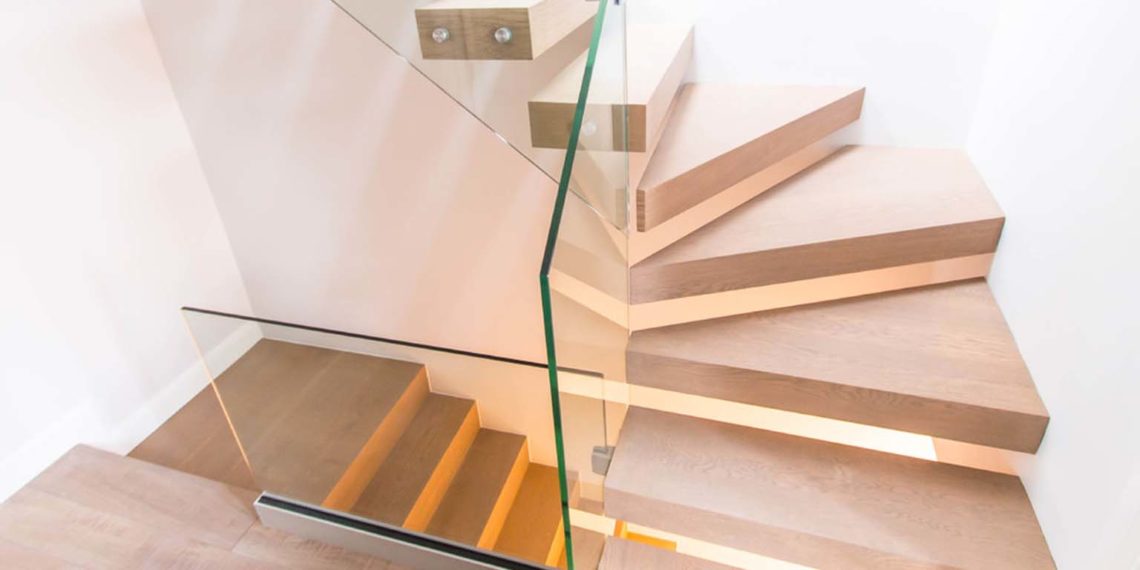



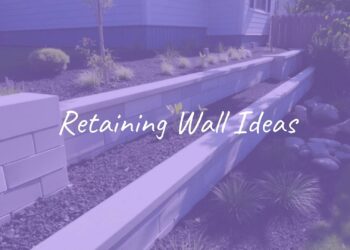








![What to with Scrap Metal? [infographic]?](https://facts-homes.com/wp-content/uploads/2019/07/645413-POPYOV-391-120x86.jpg)





